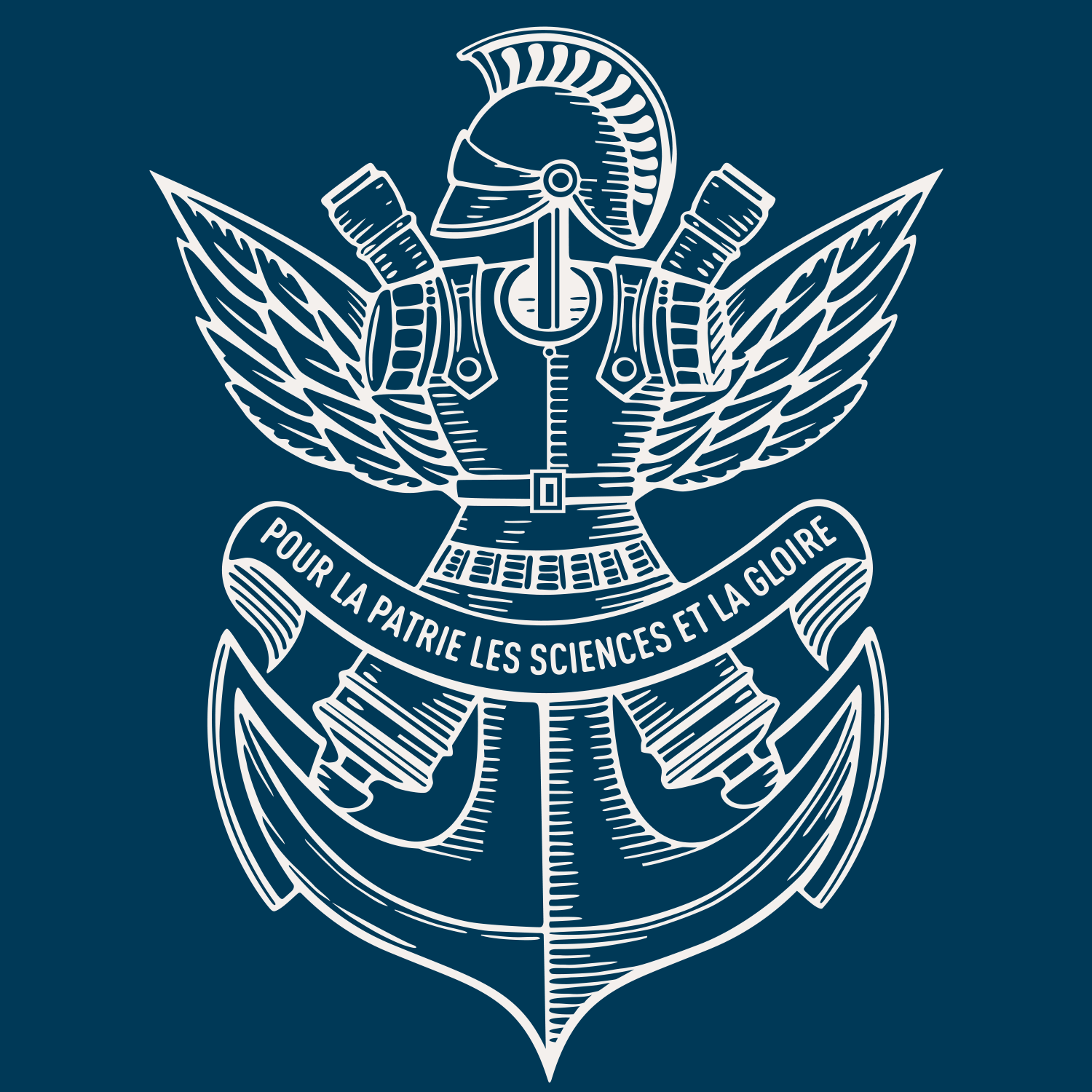High resolution modal analysis
Résumé
The Fourier-transform-based traditional modal analysis techniques perform poorly when modal overlap eta exceeds 30%, due to the DeltaT.Deltaf limitation. In view of filling the gap between the low- and the high-frequency domains where modal analysis and statistical methods respectively apply, a technique based on the high resolution analysis algorithm ESPRIT (Roy & Kailath, IEEE Transactions on Acoustics Speech and Signal Processing, 37(7), 984-995, 1989) has been developed. A pulselike force is repeatedly applied to the structure and the response is measured in a number of points. In each point, the impulse response of the structure is retrieved by deconvolving the pulselike force and filtering the response with the result. In a second step, the number of modes in the reconstructed impulse response is evaluated by the novel procedure ESTER (Badeau et al., IEEE Transactions on Signal Processing, 54(2), 450-458, 2006) and various preconditioning techniques are applied. The ESPRIT algorithm finally extracts the modal frequencies, damping factors, and complex amplitudes at each point. Two applications are presented: the separation of twin modes of a square plate (eta =200%) and the partial modal analysis of a 1620 × 1000 × 5 mm aluminum plate up to a modal overlap eta =70%.

